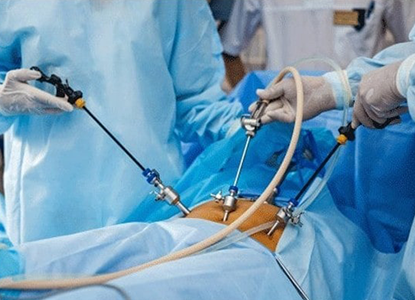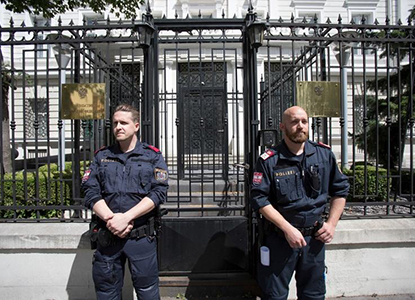
Modern Endoscopy And Colonoscopy Procedures
Modern Endoscopy And Colonoscopy Procedures serve as the frontline defense in the detection, diagnosis, and treatment of gastrointestinal disorders. These procedures have evolved significantly from being purely diagnostic tools to becoming therapeutic interventions that can prevent the need for major open surgeries. An endoscopy involves inserting a flexible tube with a light and camera into the digestive tract, allowing doctors to visualize the esophagus, stomach, and intestines in high definition. This technology is crucial for identifying the root causes of symptoms like persistent heartburn, abdominal pain, or difficulty swallowing. In India, gastroenterology centers utilize the latest Narrow Band Imaging (NBI) technology, which enhances the visibility of blood vessels and mucosal patterns, making it easier to detect early-stage cancers or pre-cancerous lesions that might be missed by standard white-light endoscopy.
Modern Endoscopy And Colonoscopy Procedures are particularly vital in the prevention of colorectal cancer, which is a growing concern globally. A colonoscopy allows the specialist to examine the entire colon and rectum. If polyps small clumps of cells that can develop into cancer, are found during the exam, they can be removed immediately using a snare or laser in a process called polypectomy. This "search and destroy" capability makes colonoscopy one of the most effective cancer screening methods available today. To ensure patient comfort, these procedures are typically performed under conscious sedation or monitored anesthesia care, ensuring the patient feels no pain or discomfort. The advancement of technology has also introduced Capsule Endoscopy, where a patient swallows a vitamin-sized pill camera that travels through the digestive tract, taking thousands of images of the small intestine, an area difficult to reach with traditional scopes.
Modern Endoscopy And Colonoscopy Procedures also play a life-saving role in emergency situations, such as acute gastrointestinal bleeding. Therapeutic endoscopy can be used to clip bleeding vessels, inject epinephrine to constrict blood flow, or use thermal energy to cauterize ulcers. This rapid intervention stabilizes patients quickly and reduces mortality rates associated with internal bleeding. Furthermore, the sterilization standards for endoscopes in top Indian hospitals are world-class, utilizing automated endoscope reprocessors to eliminate any risk of cross-contamination. Whether it is taking a biopsy to test for H. pylori infection or dilating a stricture to improve swallowing, these modern procedures offer precise, safe, and effective solutions for maintaining digestive health, proving that minimally invasive diagnostics are the future of gastroenterology.







